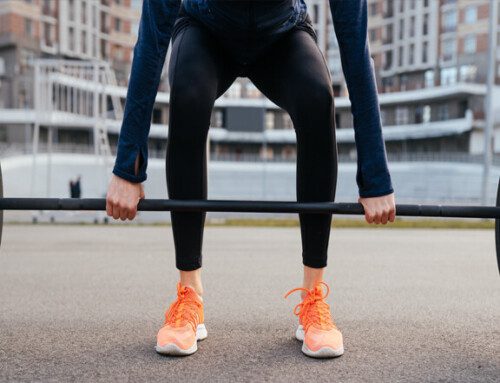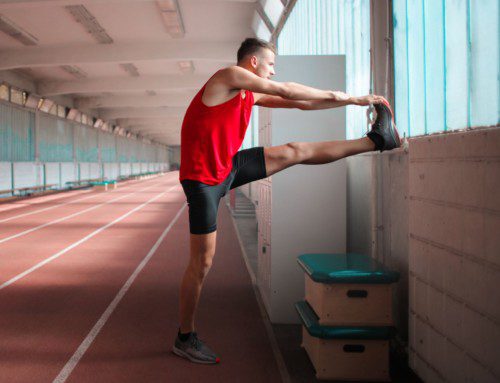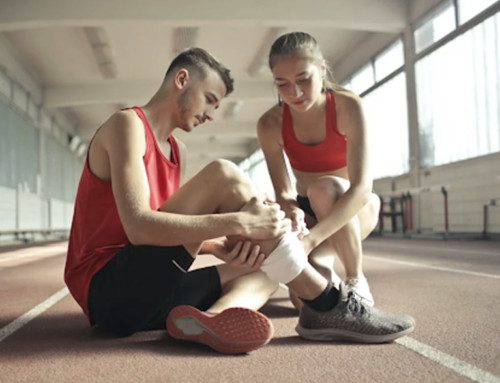As physical therapists, we often use the same exercises across the patient population due to versatility (goal of the intervention), neuromuscular feedback (movement patterns), and appropriateness for the patient's level of function. One of my favorite exercises that fits these requirements is the Turkish Get-Up (TGU). Who do I use this for? Almost everyone, from patients with shoulder dysfunctions to those with deficient core muscle activation, to patients with lower extremity pathologies. If the patient is at a level that, when performed correctly will not cause pain, I begin to introduce them to it. Ideally, this exercise is performed with a kettlebell (KB).
The Turkish Get-Up Instructions
- The patient or client with begin lying flat on a mat, the hand with the kettlebell is pressed toward the ceiling – the knee on the same side is bent with the foot on the ground. Key #1: This arm should remain pointed straight up, no matter the body's position. The opposite arm is extended to the side; the opposite leg is extended and slightly away from midline.
- To begin the TGU, the person pressed the arm toward the ceiling, activating the serratus anterior muscle. This "packs" the shoulder blade into an active position, and requires significant recruitment from each muscle that surrounds the shoulder to stabilize it.
- After the serratus punch, the patient rolls onto the opposite elbow, while keeping the KB pressed directly toward the ceiling. Key #2: Keep your eyes on the kettlebell, and remember to press into it to keep the shoulder/serratus active.
- From here, the person will press into the ground-hand, and come into a seated posture, the presses into both feet. This will bring them into a "high bridge" position. Key #4: Use your glutes!
- Next that patient will sweep the elongated leg under the body and place the knee on the ground, so that the foot, knee, and ground-arm are all in one line.
- From here, use the abdominals to come into a half-kneeling position.
- Finally, press into the foot, push the KB up high, and come into standing. Once standing tall, reverse the motions, until you are lying on the mat once again.

When I teach this movement, I break up the motion into distinct steps for several reasons. First, by hitting each "speed bump," it is easier to monitor the movement pattern, and notice compensations that may be occurring. Second, each of these positions (supine, reclined, high bridge, kneeling bridge, half knee, and standing) provide excellent postures to incorporate movements related to each person's pathology.
- Do they not have enough proprioceptive input through the shoulder?
Rotate the KB in the supine or reclined position, keeping the serratus activated. - Does the patient lack glute activation, but has enough hip extension to perform this well?
Alternate between steps 4-6, focusing on pressing through the heel of each foot. - Does the patient lack glute med activation in closed chain positions?
Rotate between steps 6-7 and back, using visual proprioceptive feedback, verbal cues, and/or tactile cues to promote engagement of this muscle.
The information that this one exercise can provide about the patient is one reason that it consistently shows up in my patients' plans of care. The complexity of the TGU allows the patient to remain engaged, and is very rewarding once performed correctly.





